Search
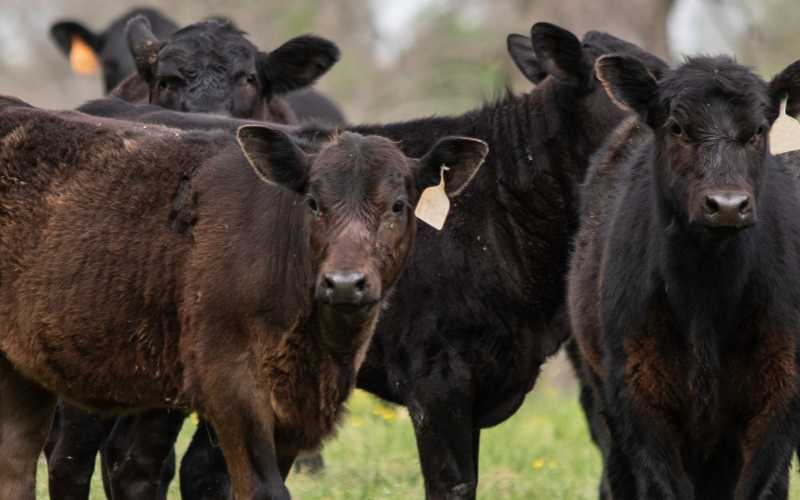
SDSU Extension Calf Value Discovery program registration open
September 21, 2023
Cow/calf producers can gain valuable information to improve their operations by participating in the South Dakota State University Extension’s Calf Value Discovery program, which is now accepting entries for 2023-2024.

4-H Camps
SDSU Extension 4-H hosts multiple different sessions of camp each summer, usually in early to mid-June.
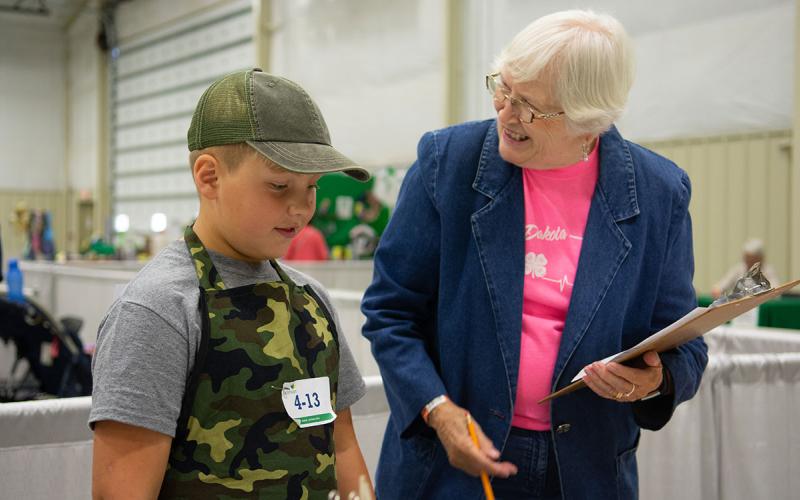
Impacts in 4-H Youth Development
1 in 5 South Dakota youth experience 4-H positive youth development programs.
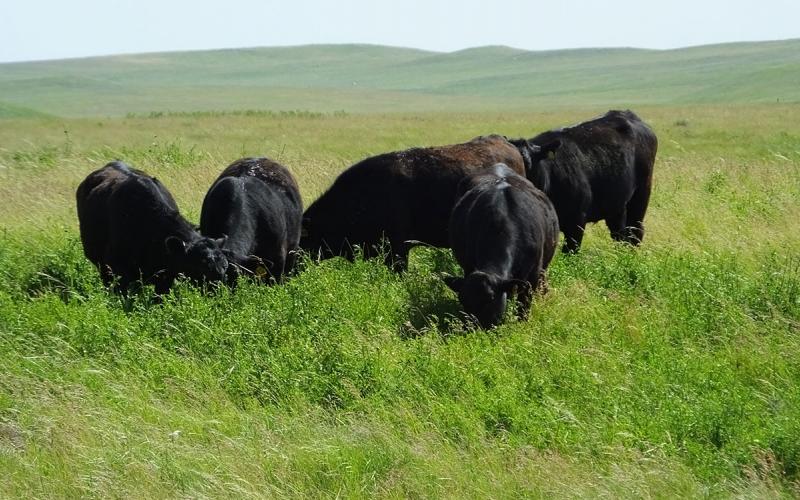
Impacts in Livestock Systems
South Dakota producers face new challenges each day. SDSU Extension is your partner, providing resources and expertise to help meet production goals in beef, dairy, swine, sheep and goats.
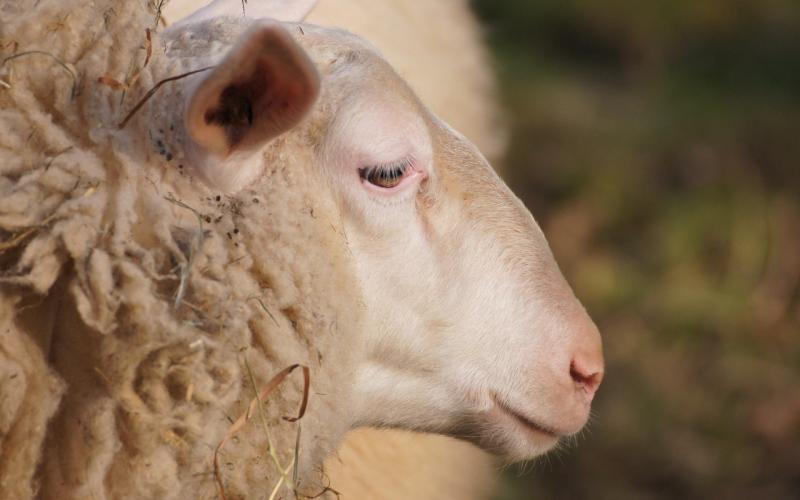
Sore Mouth: A “Pox” Virus for Sheep
Just like in children or adults who contract the dreaded chicken pox, sheep and goats can catch their own similar “pox” virus called Sore Mouth, technically known as Contagious Ecthyma. This health problem is most recognizable by red blisters or thick brown scabs on the skin around the lips or muzzle area.
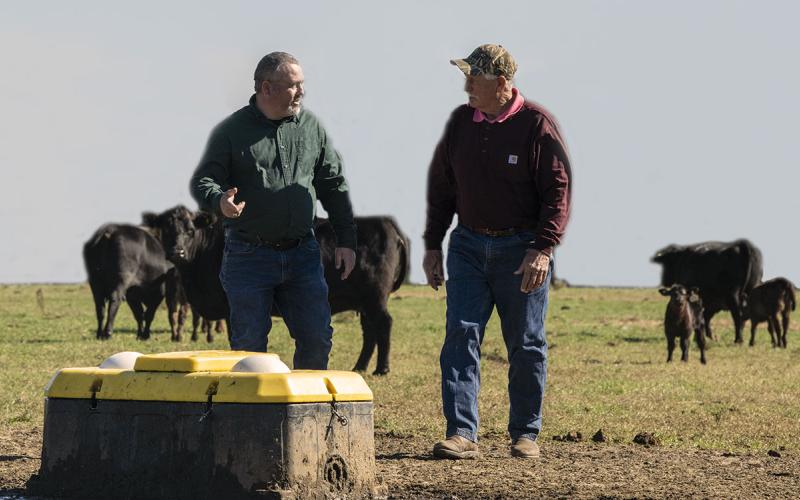
Water Monitoring Systems for Livestock
Depending on animal locations, checking water tanks can require hours of labor and significant fuel costs for remote pastures. Water monitoring systems offer producers a convenient way to check the status of the water sources remotely.
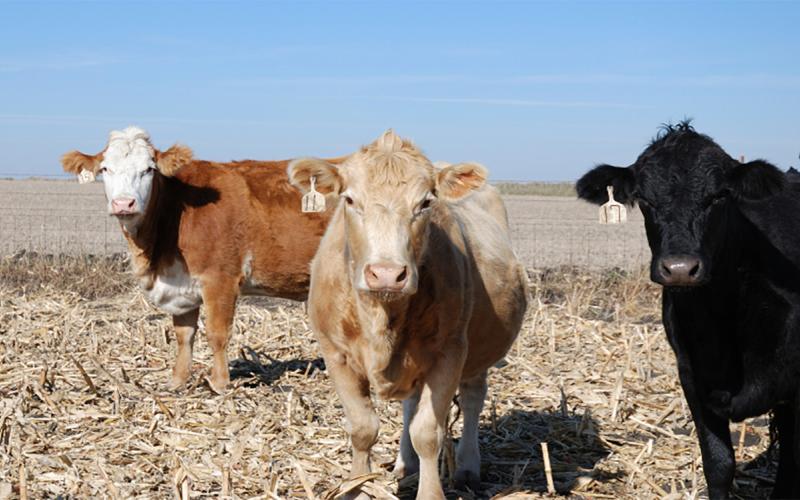
Corn Stalk Rental Rates
Corn stalk acres have long been a source of feed for livestock producers. But how much should producers charge to graze them, and what factors should they consider when developing a rental agreement?
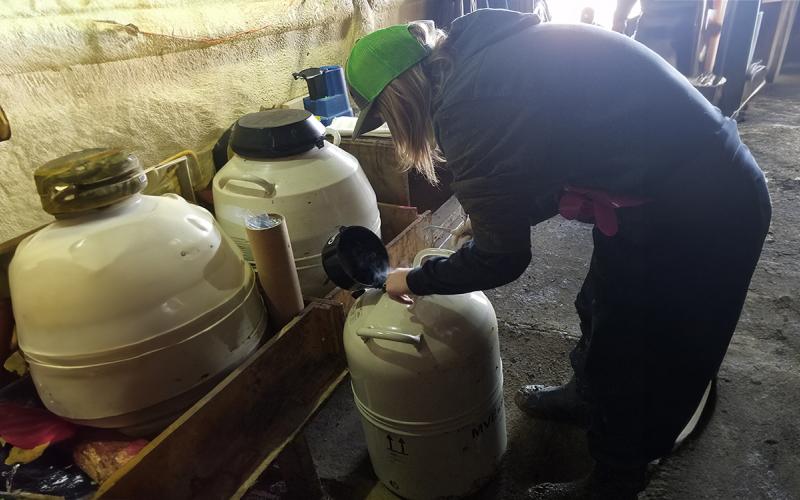
Dangers and Safety Precautions With Liquid Nitrogen
If you artificially inseminate, you have been exposed to liquid nitrogen. Even though it is commonly used in livestock production, it is critical to follow safety procedures, because it is very dangerous.
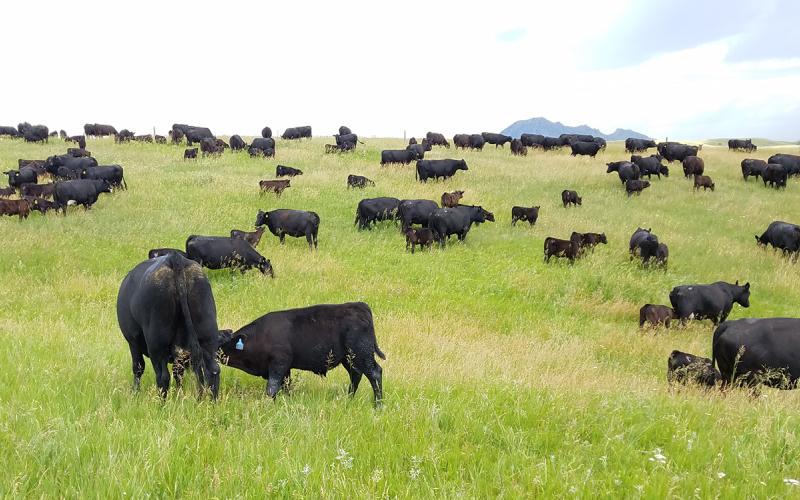
Equation of Reproductive Efficiency
The key factors to reproductive success in beef cattle are proper management, nutrition, health, and selection, while reproductive technologies can enhance management if the previous factors are in sync.
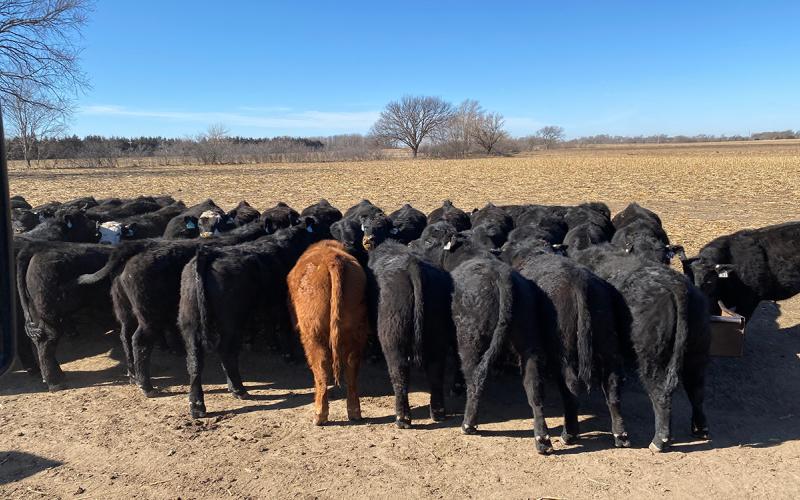
Backgrounding at Different Rates of Gain
The purpose of backgrounding is to increase calf body weight after weaning and before finishing. A recent study investigated the effects of different backgrounding systems on growing calf performance.